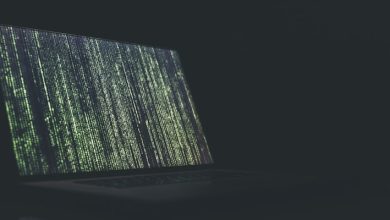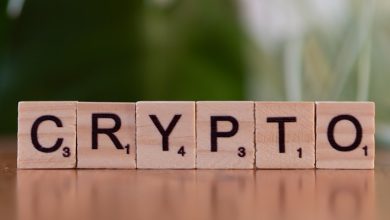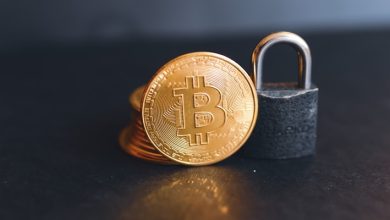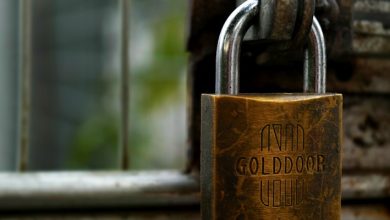How to Implement Two-Factor Authentication for Blockchain Wallets
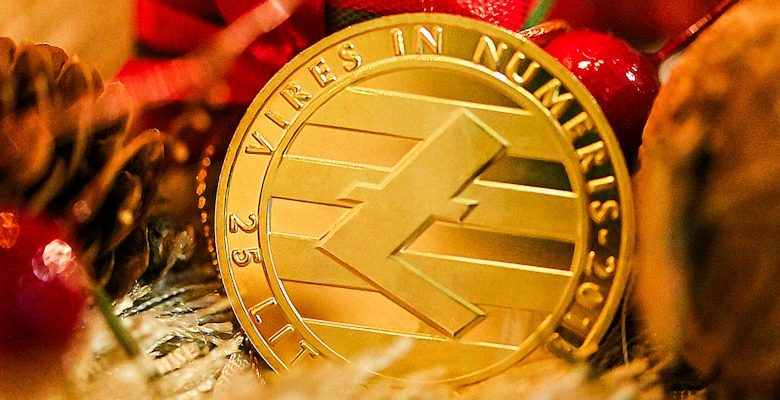
- Understanding the importance of two-factor authentication for blockchain wallets
- Step-by-step guide to setting up two-factor authentication for your blockchain wallet
- Choosing the right two-factor authentication methods for your blockchain wallet
- Common mistakes to avoid when implementing two-factor authentication for blockchain wallets
- Enhancing the security of your digital assets with two-factor authentication
- Exploring the benefits of using two-factor authentication in blockchain wallet security
Understanding the importance of two-factor authentication for blockchain wallets
Understanding the significance of two-factor authentication for blockchain wallets is crucial in ensuring the security of your digital assets. Two-factor authentication adds an extra layer of protection by requiring not just a password, but also a second piece of information only known to the user. This second factor could be a code sent to your phone, a fingerprint scan, or a hardware token.
By implementing two-factor authentication for your blockchain wallet, you significantly reduce the risk of unauthorized access and potential theft. Hackers often target digital wallets due to the valuable assets stored within them. With two-factor authentication, even if a malicious actor manages to obtain your password, they would still need the second factor to gain access.
Furthermore, as blockchain transactions are irreversible, once your digital assets are stolen, there is little to no chance of recovery. Therefore, taking proactive measures such as enabling two-factor authentication is essential in safeguarding your investments and ensuring peace of mind.
Step-by-step guide to setting up two-factor authentication for your blockchain wallet
To set up two-factor authentication for your blockchain wallet, follow these step-by-step instructions:
- Log in to your blockchain wallet using your username and password.
- Go to the security settings of your account. This is usually located in the account settings or profile settings.
- Look for the option to enable two-factor authentication. Click on this option to begin the setup process.
- You will be prompted to choose a two-factor authentication method. You can choose between using an authenticator app or receiving codes via SMS.
- If you choose to use an authenticator app, you will need to download the app on your smartphone and scan the QR code displayed on the screen.
- If you choose to receive codes via SMS, you will need to enter your phone number and verify it by entering the code sent to you.
- Once you have set up the two-factor authentication method, you will be asked to verify it to ensure it is working correctly.
- After successfully verifying your two-factor authentication, it will be enabled for your blockchain wallet.
- From now on, whenever you log in to your account, you will be required to enter a code from your authenticator app or the code sent to your phone via SMS.
Choosing the right two-factor authentication methods for your blockchain wallet
When it comes to securing your blockchain wallet, implementing two-factor authentication is crucial. However, choosing the right authentication methods is equally important to ensure the highest level of security for your digital assets. Here are some key factors to consider:
- Biometric Authentication: Utilizing fingerprint or facial recognition technology can provide an extra layer of security that is unique to you. This can help prevent unauthorized access even if your password is compromised.
- Hardware Tokens: Hardware tokens such as USB security keys can offer a physical form of authentication that is not susceptible to hacking or phishing attacks. These tokens generate one-time codes that are required to log in to your wallet.
- One-Time Passcodes: Using authenticator apps like Google Authenticator or SMS codes can provide a simple yet effective way to implement two-factor authentication. These passcodes are typically valid for a short period of time, adding an extra barrier for potential attackers.
- Security Questions: Adding security questions as an additional authentication method can be a good way to further secure your wallet. Make sure to choose questions with answers that are not easily guessable or publicly known.
It is essential to choose two-factor authentication methods that work best for your individual needs and preferences. Consider the level of security each method provides, as well as the ease of use and convenience. By selecting the right combination of authentication methods, you can significantly enhance the security of your blockchain wallet and protect your digital assets from unauthorized access.
Common mistakes to avoid when implementing two-factor authentication for blockchain wallets
When implementing two-factor authentication for blockchain wallets, there are several common mistakes that should be avoided to ensure the security of your digital assets. One of the most crucial mistakes is using weak or easily guessable passwords for your second factor. It is essential to choose a strong password that includes a combination of letters, numbers, and special characters to minimize the risk of unauthorized access.
Another mistake to avoid is reusing the same second factor across multiple accounts. While it may be convenient to use the same authentication method for different wallets, this practice significantly increases the vulnerability of your accounts. It is recommended to use unique second factors for each blockchain wallet to enhance security.
Additionally, failing to regularly update your two-factor authentication settings can leave your wallets susceptible to potential security breaches. It is important to periodically review and update your authentication methods to stay ahead of emerging threats and ensure the ongoing protection of your assets.
Furthermore, overlooking the importance of enabling multi-factor authentication for all access points to your blockchain wallets can create significant security gaps. It is crucial to implement two-factor authentication not only for logging into your wallet but also for any other actions that involve transferring or accessing your funds.
Lastly, neglecting to secure your recovery codes or backup authentication methods can result in permanent loss of access to your blockchain wallets in case of device loss or failure. It is essential to store your recovery codes securely and have a backup plan in place to regain access to your wallets in unforeseen circumstances.
Enhancing the security of your digital assets with two-factor authentication
Enhancing the security of your digital assets with two-factor authentication is crucial in today’s blockchain wallets. By adding an extra layer of protection beyond just a password, you can significantly reduce the risk of unauthorized access to your funds.
Two-factor authentication requires users to provide a second form of verification, such as a one-time code sent to their mobile device or email, in addition to their regular password. This means that even if someone manages to steal your password, they would still need the second factor to gain access to your wallet.
Implementing two-factor authentication for your blockchain wallet is a relatively simple process. Most wallet providers offer this feature as an option in their settings menu. You can usually enable it with just a few clicks, and then follow the instructions to link your preferred second factor.
By taking the time to set up two-factor authentication for your blockchain wallet, you are taking a proactive step towards protecting your digital assets. It may seem like a minor inconvenience at first, but the added security it provides is well worth the effort.
Exploring the benefits of using two-factor authentication in blockchain wallet security
Implementing two-factor authentication in your blockchain wallet security can bring numerous benefits that significantly enhance the protection of your digital assets. By adding an extra layer of security beyond just a password, you can greatly reduce the risk of unauthorized access to your wallet.
One of the key advantages of using two-factor authentication is that even if a hacker manages to obtain your password through phishing or other means, they would still need to provide a second form of verification to gain access to your wallet. This additional barrier makes it much more difficult for malicious actors to compromise your account.
Furthermore, two-factor authentication adds an extra level of security in case your password is weak or has been exposed in a data breach. Even if someone gets hold of your password, they would still need the second factor to log in successfully. This can give you peace of mind knowing that your assets are better protected.
